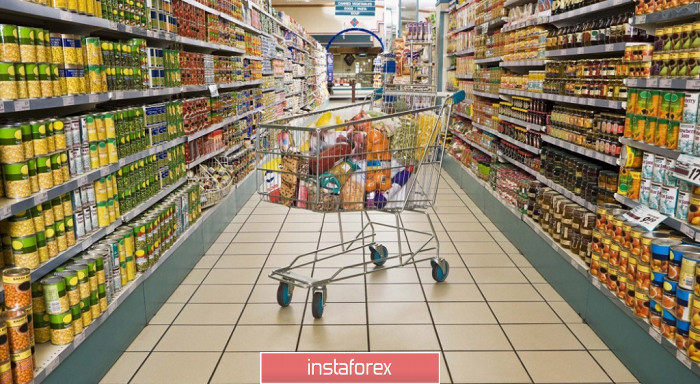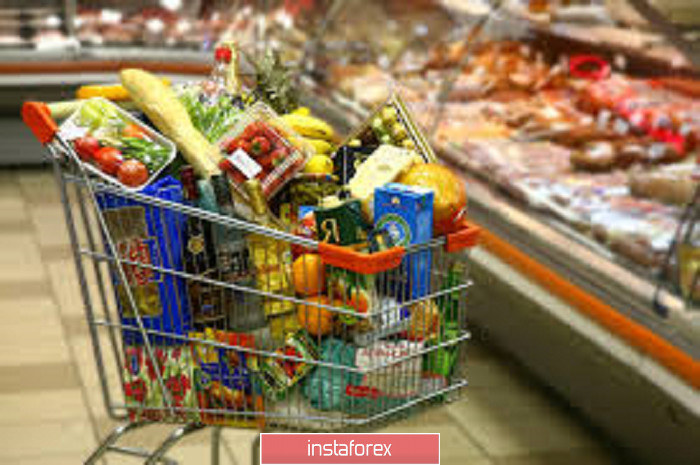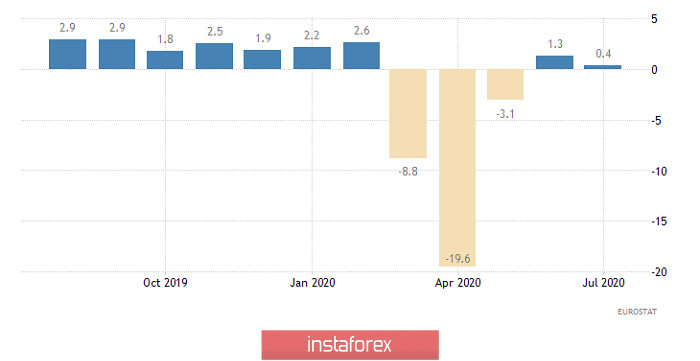Today, the data on retail sales in Europe are published. This indicator is pretty significant and has a certain impact on the market. But how? To know this, you must understand what is really behind this seemingly simple and understandable indicator.

Most people put an equal sign between the economy and money. Therefore, they mostly conclude that macroeconomic statistics only show changes in the volume of the money supply. And in terms of retail, everything seems quite simple - they say that merchants have raised prices, revenue has increased, and that's the growth of retail sales. In practice, however, everything is much more interesting. Or in other words, it's not like that at all. As a matter of fact, economists have long been aware of the problem of price volatility, and if everything is considered only in money, it is completely unclear how exactly sales volumes have changed. Basically, it is not how much money the seller received for his brooms, but how many of these very brooms were sold. Thus, in economic statistics, prices are removed. They do not count money, but the number of brooms, cups, kilograms of potatoes, and so on and so forth. In simple terms, the calculation method itself is radically different from a commonplace view.

This leads to a simple conclusion that if physical sales volumes are growing, then sellers need more workers. After all, they need people to carry all these countless boxes of goods, put everything on the shelves and serve customers at the checkout. Consequently, the growth of retail sales creates prerequisites for employment growth, which will be reflected in a decrease in the unemployment rate.

In addition to the fact that the growth of retail sales creates prerequisites for reducing unemployment in the near future, this also affects the industry. Since all these products must be produced first, the industry will also increase the output of goods. This will inevitably have an impact on the profits of manufacturers. Furthermore, these producers may also need additional workers, again contributing to reduce the unemployment rate.

Equally essential is the fact that trade is one of the most important segments of the economy, especially for Western countries, where trade accounts for between a quarter and a third of the total GDP. Therefore, the growth of retail sales has a serious influence on the growth of the economy as a whole.

The only significant problem here is that there is no direct correlation between the growth of retail sales on one hand, and the growth of employment and industry on the other. Sales growth only increases the potential for growth in other sectors of the economy, but it does not guarantee them. So, the growth of retail sales in terms of markets improves expectations. Nevertheless, this is quite enough, since the markets themselves live by these expectations. Thus, the assumed acceleration of retail sales growth in Europe from 0.4% to 1.8% will be sufficient reason for the growth of the single European currency. And in today's situation, the benchmark is 1.1750.
Retail sales (Europe):






















